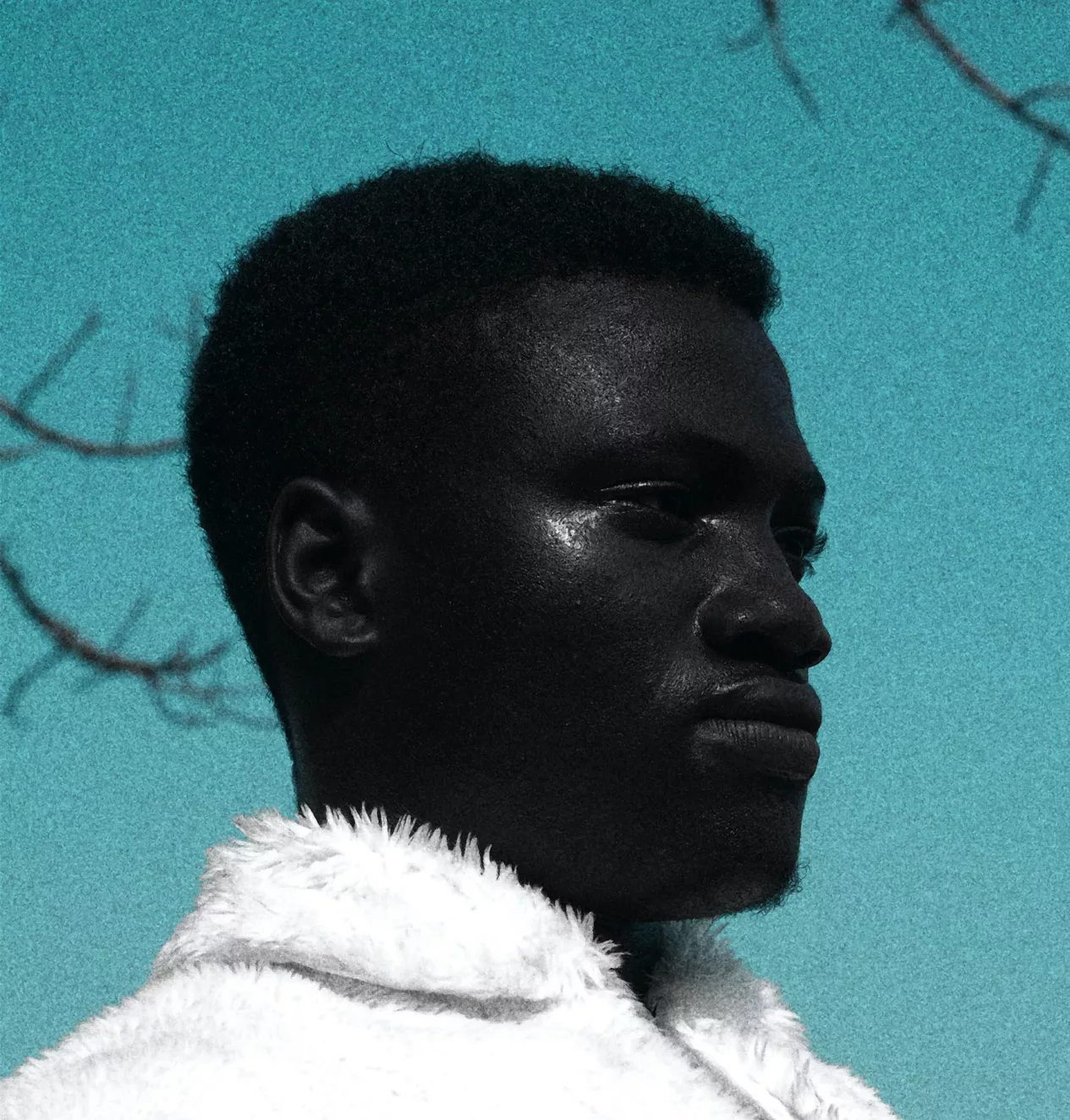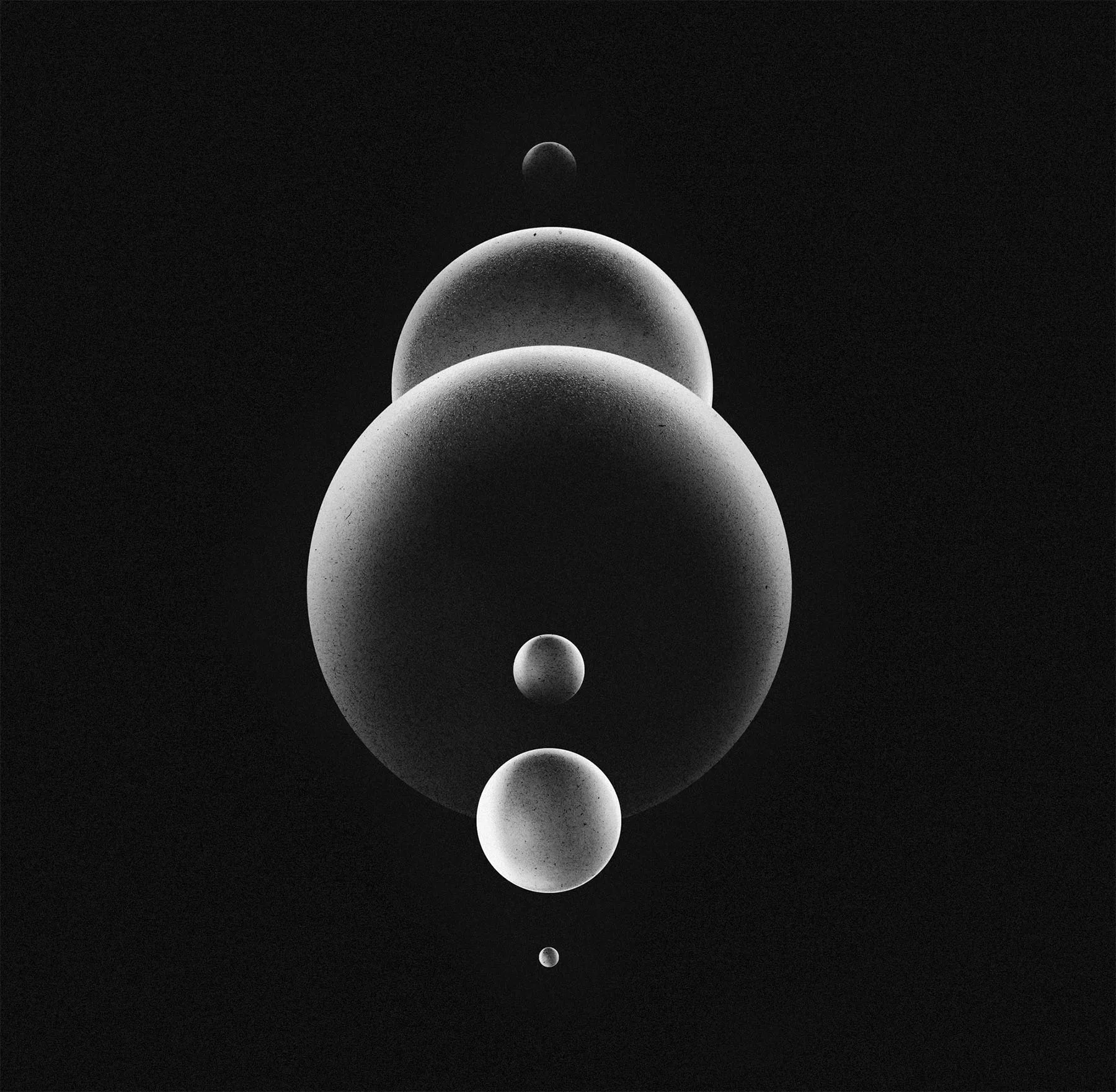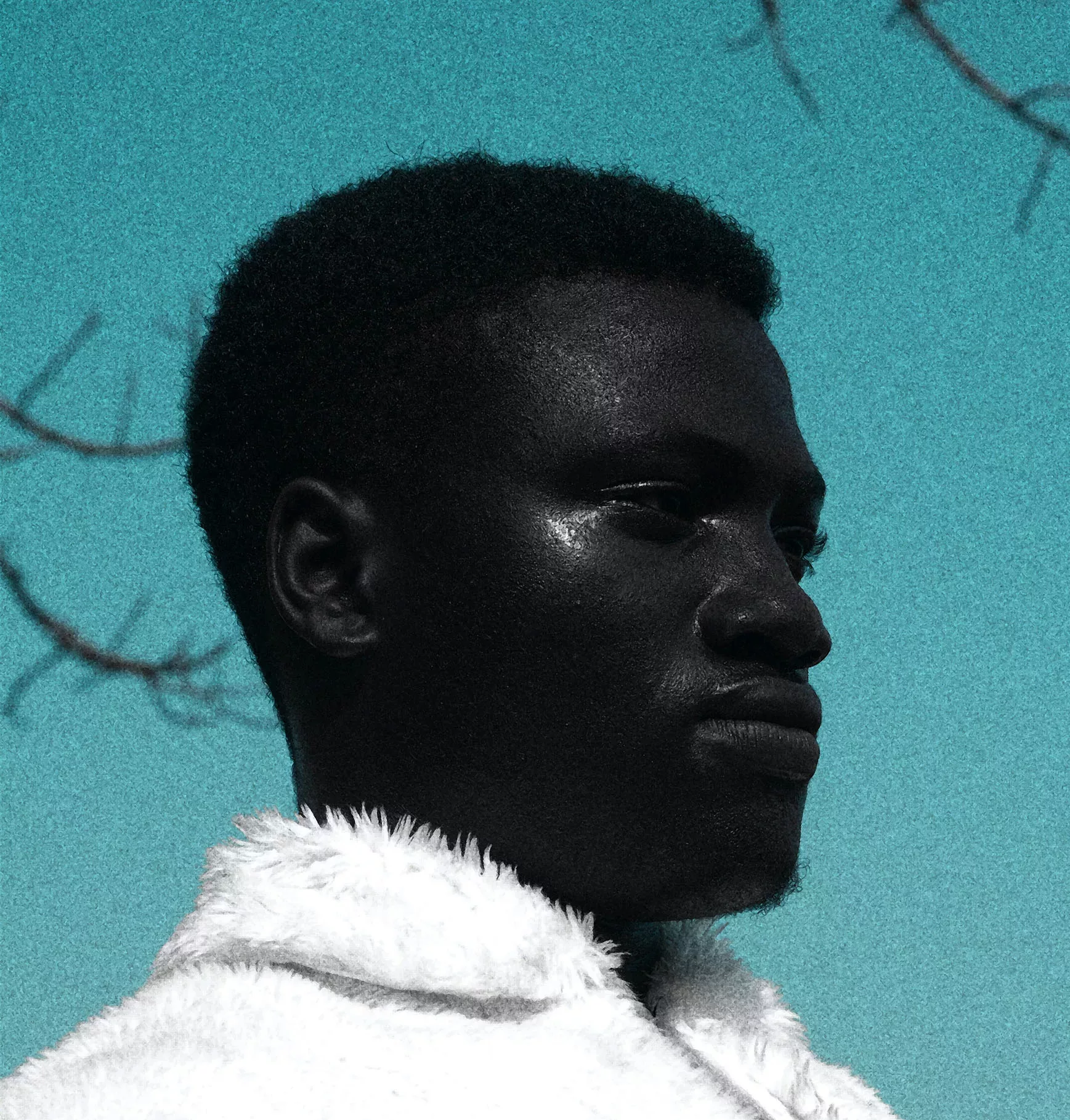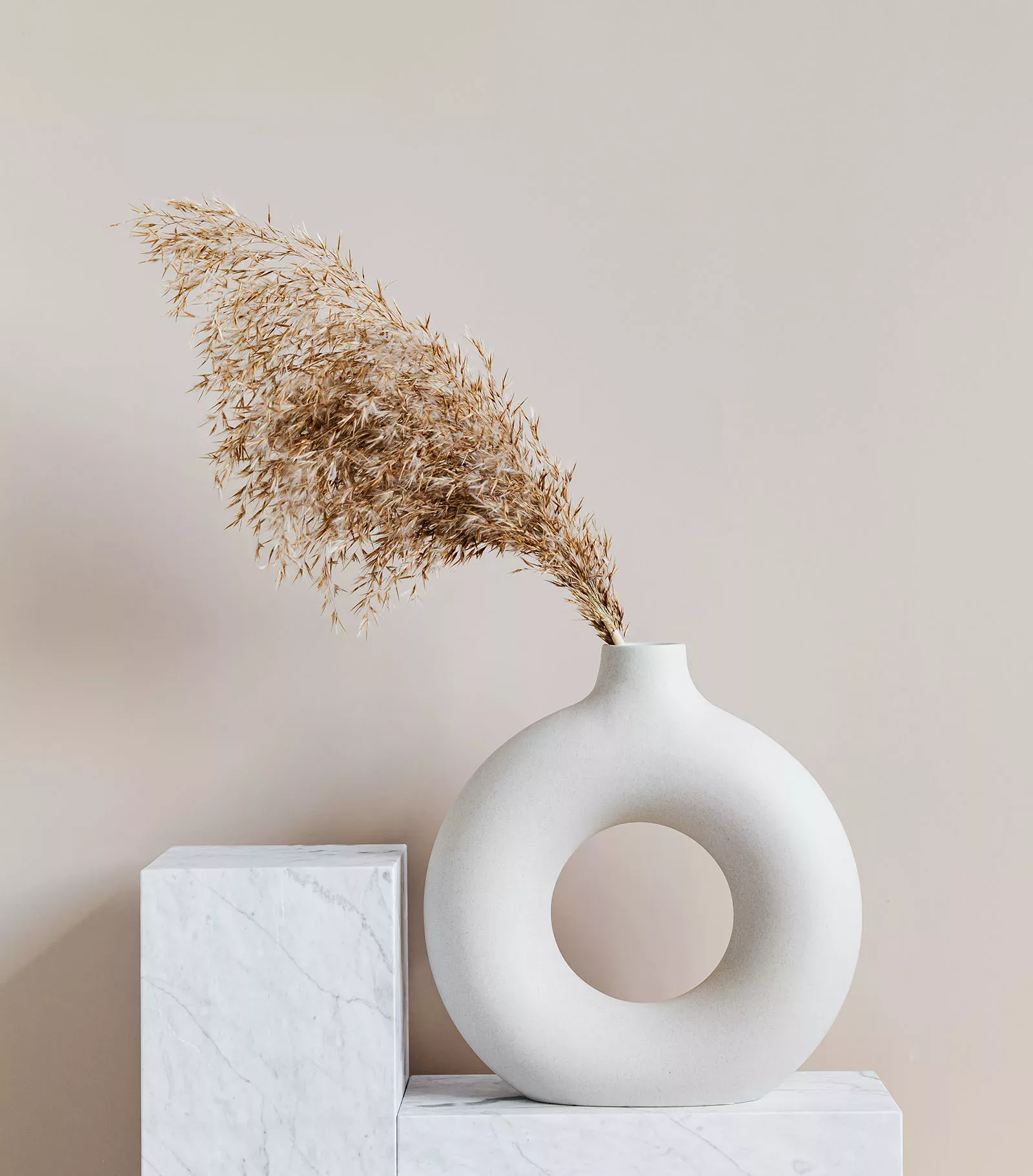Design is more than aesthetics; it’s the language through which stories, values, and identities are communicated. In a world saturated with information, the power of visual storytelling lies in its ability to capture attention, evoke emotion, and create a lasting impact. For those of us immersed in design, striving for excellence means going beyond surface appeal and crafting visuals that resonate deeply with audiences. It’s about building a narrative, an experience, a feeling—and bringing it to life through intentional design.
The essence of design excellence is rooted in storytelling, and those who master it understand that visuals are a language of their own. Here’s a look at how visual storytelling can shape perceptions, build connections, and elevate brands by exploring design excellence and its power to make a lasting impression.
1. Creating a Strong Visual Identity
A powerful visual identity is one that goes beyond logos and color schemes; it’s the full representation of a brand’s values, mission, and essence. In design, creating a visual identity that captures a brand’s core requires a deep understanding of its story. A well-designed identity can communicate the qualities that define a brand—be it luxury, innovation, creativity, or community.
Great design taps into symbols, textures, and aesthetics that instantly convey meaning. Think of iconic brands like Apple or Chanel—their identities are so deeply ingrained in visual culture that even a simple silhouette or pattern can evoke a brand’s story. Achieving this level of design excellence requires skill, insight, and the ability to distill a brand’s character into visual elements that are immediately recognizable.
For us, building a strong visual identity is about capturing the essence of what we want our design and wellness brands to convey. Are we telling a story of elegance, warmth, or innovation? This is the first question, and it serves as the foundation for every design decision.
2. Crafting Visual Experiences That Engage Emotion
One of the most powerful aspects of visual storytelling is its ability to evoke emotion. A single image, color palette, or composition can transport viewers to a different time, place, or feeling. Design excellence is about more than simply creating something that looks “good”; it’s about understanding the psychology behind visuals and how they affect people on a subconscious level.
In our design work, we aim to create experiences that make viewers feel something—whether it’s a sense of calm in wellness spaces or excitement and inspiration in creative environments. By using principles like color theory, spatial balance, and contrast, we can shape how people interact with and feel about a space or product. This emotional engagement is what turns design from a functional tool into a form of art.
For example, color alone can tell an entire story. Deep, rich hues can evoke a sense of luxury, while earthy tones might convey tranquility. When chosen with intention, these elements are powerful tools for building a connection between the viewer and the brand.
3. Design as a Reflection of Culture and Heritage
Design excellence isn’t just about creating something new; it’s about honoring and integrating the rich tapestry of culture and heritage. History and tradition are often the inspiration behind some of the most compelling designs, and drawing on these elements can bring depth and authenticity to modern work.
Visual storytelling becomes especially powerful when it incorporates elements from cultural narratives, past symbols, or traditional materials. Whether it’s an architectural detail inspired by a specific era or a color scheme rooted in cultural significance, this layering of history and modernity makes the design both timeless and relevant.
In our own work, exploring culture and history has allowed us to create designs that aren’t just visually appealing but are also meaningful. It’s about crafting stories that people can connect with on a personal and cultural level, honoring the past while innovating for the future.
4. Simplicity as the Ultimate Form of Sophistication
In a world overflowing with information and stimuli, simplicity is both refreshing and powerful. The most excellent designs often achieve their impact by knowing what to leave out, distilling a message down to its most essential form. In visual storytelling, less is often more, and minimalism can serve as a canvas that allowsLegacy-building through design means crafting a narrative that resonates across generations. Whether it’s a brand identity, an iconic space, or a product that becomes a household name, the impact of design excellence can endure. This is what makes visual storytelling so powerful—it’s an art form, a craft, and a tool for creating a lasting mark on the world.


the narrative to shine through without distraction.
Designs like Apple’s iconic product interfaces or minimalist architecture are compelling because they focus on clarity and functionality. They prioritize the user experience, making the visuals intuitive and easy to navigate. This is a principle we strive to bring into our work, focusing on the essentials to create clear, impactful narratives.
Design excellence doesn’t mean overcomplicating; it’s about elevating the core message by removing unnecessary elements. Achieving this simplicity requires confidence, restraint, and a deep understanding of what truly matters in the story being told.
5. Design as a Journey: Evolving and Growing with the Audience
Excellent design isn’t static; it’s a living, evolving process that changes as cultures, technologies, and tastes shift. For any brand that wants to remain relevant, adapting its visual storytelling approach is essential. Design excellence requires a willingness to experiment, to learn from feedback, and to let the narrative grow alongside the audience.
For us, this means paying attention to trends, listening to client feedback, and remaining open to new ideas. Whether it’s integrating digital experiences, exploring sustainable materials, or experimenting with interactive design, the journey of visual storytelling is one of continuous growth and adaptation. This keeps the narrative fresh and aligned with the changing world, ensuring that our designs resonate with audiences over time.
6. Building a Legacy through Visual Storytelling
The ultimate goal of design excellence is to leave a lasting impression. When done well, visual storytelling doesn’t just capture a moment—it builds a legacy. People remember stories that speak to them, and great design has the power to make these stories unforgettable. In our work, we strive to create designs that not only capture the present but also stand the test of time.



